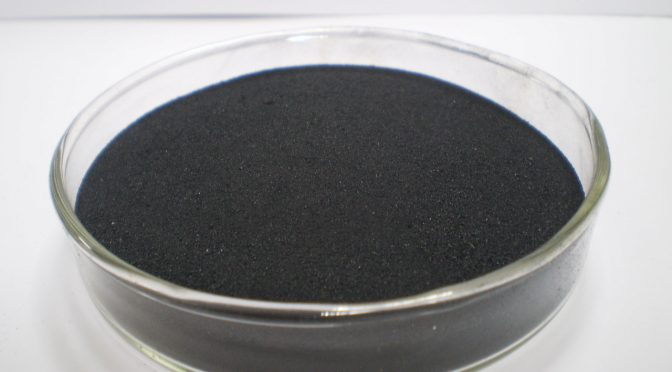Potassium humate and Humic Acid as strong base weak acid salt formed by the exchange of weathered coal and potassium hydroxide. According to the ionization theory of the substance in aqueous solution, after the potassium humate is dissolved in water, the potassium will be ionized and exist as potassium ions alone. The humic acid molecule will combine the hydrogen ions in the water and release the hydroxide ions, so the potassium humate solution Alkaline.
Potassium humate can be used as an organic fertilizer. If it is brown coal humate phytate, it has certain anti-flocculation ability. It can be used as drip irrigation in some areas with low water hardness or with other non-strongly acidic nitrogen and phosphorus. Elements such as monoammonium phosphate are used in combination to improve overall use.
Humic acid macromolecules enter the soil and are not substantially absorbed by plants. So where is the role of potassium humate? Let me first say a little about the multifaceted role of humic acid in subsequent articles.
Today I want to say that potassium humate is used for the electronic conversion and degradation of pollutants and harmful substances. Humic acid has obvious reducing ability and is closely related to the redox reaction of metals and organic substances in the environment.
The redox characteristics of humic acid are due to the presence of functional groups such as ruthenium and phenol, especially the ruthenium group plays an important role in electron transport.
The reduced ruthenium group is the main source of humic acid reduction ability. The reducing microorganism converts the oxidized humic acid into a reduced form by electron transfer, and the reduced humic acid can reduce heavy metals such as Cr(VI), Hg(II), V(V) and radionuclides such as U(VI) and aromatic compounds. As a substance, humic acid acts as an electron transporter in this process and plays an important role in the transformation and degradation of pollutants in nature.
Humic acid can form a complex with Fe(III) Fe(II), which can directly reduce Fe(III) to Fe(II) in the absence of microorganisms, which has an important influence on iron cycle in soil and natural water. . The combination of humic acid and iron ions reduces the redox potential of Fe(III) Fe(II), accelerates the reduction rate, and allows the reduction to occur in a wide range of p H .
Potassium humate has a large price difference due to the difference in potassium oxide content. Generally, the reaction ratio of weathered coal or lignite to potassium hydroxide is 10:1-1.5, and the content of potassium oxide in the obtained potassium humate is generally about 15%, and there are differences depending on the content of humic acid.
Then, is potassium humate in the market of 4, 6, 8, 10, 12 potassium oxide just a little less potassium hydroxide in the reaction process? It can be understood in this way, but it should be known that if the amount of potassium hydroxide is small according to the above ratio, weathered coal or lignite cannot be completely reacted.
Therefore, sodium hydroxide is used to supplement the lack of alkali of potassium hydroxide. the amount. Therefore, sodium humate in less than 15 potassium oxides contains sodium ions, and potassium humate in 4 or 6 potassium oxides, the sodium ion content is higher than the potassium ion content.
So what I want to say is that when buying potassium humate, there are two things to consider. The first one is the content of potassium oxide, which must be tested and tested.
Because many manufacturers have problems with potassium oxide content, they will deceive customers by saying less and having a price advantage. So don’t be cheap, quality and price must complement each other. The second is water insoluble matter. I have tested a manufacturer’s water insolubles at 25%, and invisible one-fourth of such products (substantially containing some coal, silicate, etc.). This kind of money is a bit sloppy.

